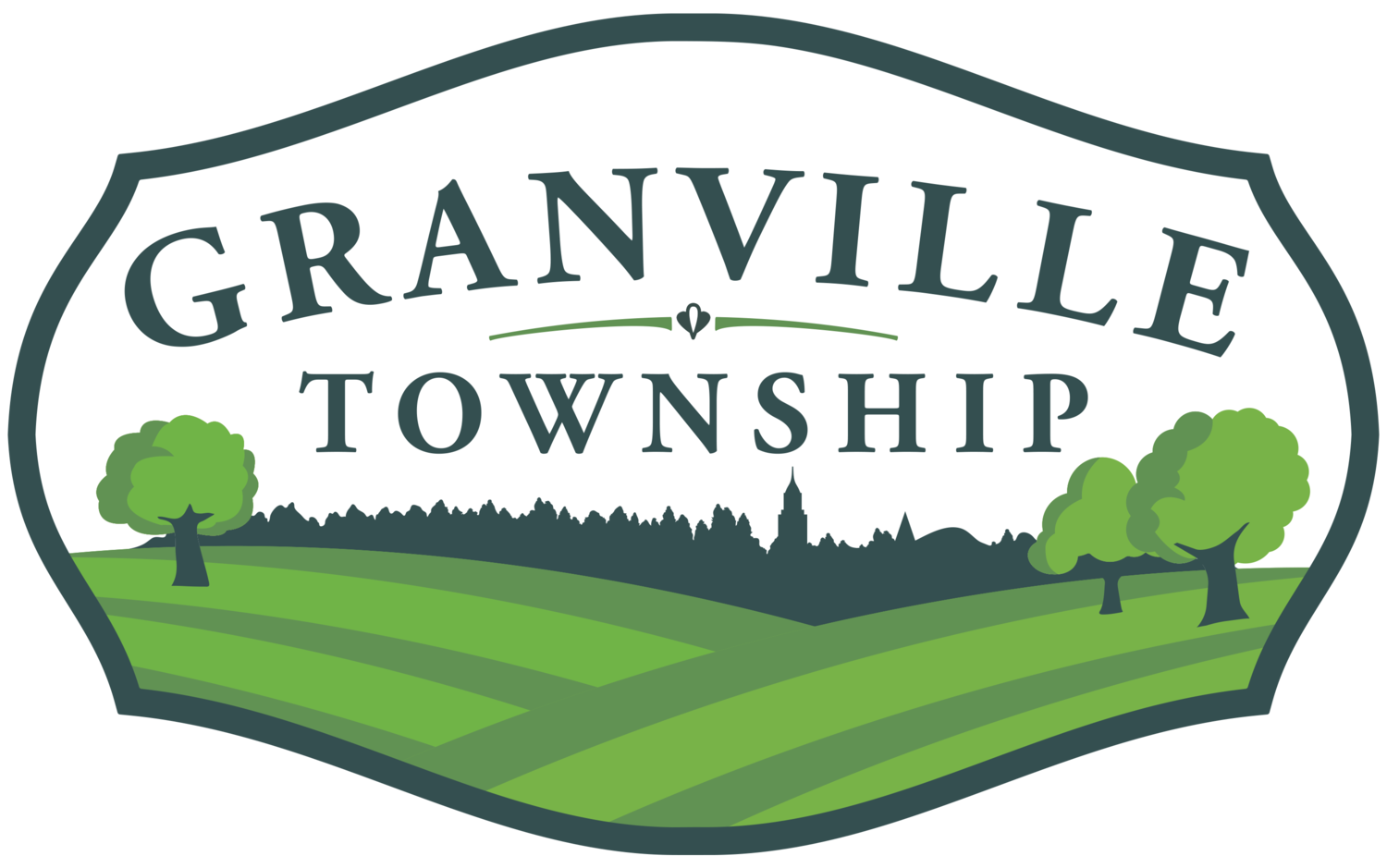Open Space
The original joint comprehensive plan was completed in December 1990 and accepted by the Township and Village in 1991. That plan noted the severe shortage of recreational space in the community. In those same years, the Ohio Legislature enacted Ohio Revised Code 5705.19(HH). This new law permitted Townships to pass real estate tax levies for the acquisition of open space through outright purchases of land and development easements.
Granville Township became the first Township in the state of Ohio to pass an open space levy. The 1.0 mill levy became effective in 1998. It was renewed by popular vote every five years since its inception. The Open Space Committee issues its list of recommendations included 5 categories of property purchases in 2001:
Preservation of areas of scenic/natural beauty as well as areas of historical or unusual geological significance that may be subject to development;
Preservation of the integrity of the comprehensive plan;
Protection of agricultural lands;
Preservation of Granville lands in danger of being annexed to other communities and/or high density development;
Protection of edges and boundaries, Village entrances, buffers, open vistas, and view sheds.
There are two ways the program protects land from development:
Outright Purchase – the landowner transfers legal ownership of the property to the Township. Property purchased with Open Space funds are held to the usages described in the Open Space Levy Language. The township can also include a conservation easement on the property that will “follow the land” which means the terms of the easement will remain with the property even if the property is sold by the Township. If the property is sold, all proceeds will be put back in the Open Space Fund.
Conservation Easement – The Township acquires an easement through payment to the land owner. This requires that the property owner give up some rights over land use and all development. The goal of a conservation land trust is to protect wildlife, historical or cultural sites, and natural resources from commercial development or other activities that may lead to disruption or pollution. However, it keeps the property on the property tax roll, allows for agricultural or passive recreational use of the property and eliminates the need for maintenance costs from the township.
Conservation easements can be tailored so that the landowner retains ownership and usage rights—such as the right to continue farming or raising livestock—while still ensuring that the land remains undeveloped in perpetuity. Conservation easements "follow the land," which means that the terms of the easement remain in force even if the land is sold or passed to heirs.
Additionally, because we are a public political institution, we can structure transactions for owners who are interested in financing their sale of land to us in a manner that provides tax benefits not ordinarily available in private transactions. This gives us the opportunity to pay for property over time and gives us flexibility in stretching our resources. It also provides an additional inducement to sellers of property to work with us in exchange for tax benefits.
For a complete narrative from 2004, click HERE to read more.
Open Space Properties
Open Space Committee
CHAIR: Doug Wagner – 2025
Members
Village Council Representative – Jeremy Johnson
Granville Schools Representative – Jeff Brown
Susan Walker – 2024
Bill Wernet – 2024
Jennifer Williams – 2025
Leonard Hubert – 2026
Vince Paumier – 2026





